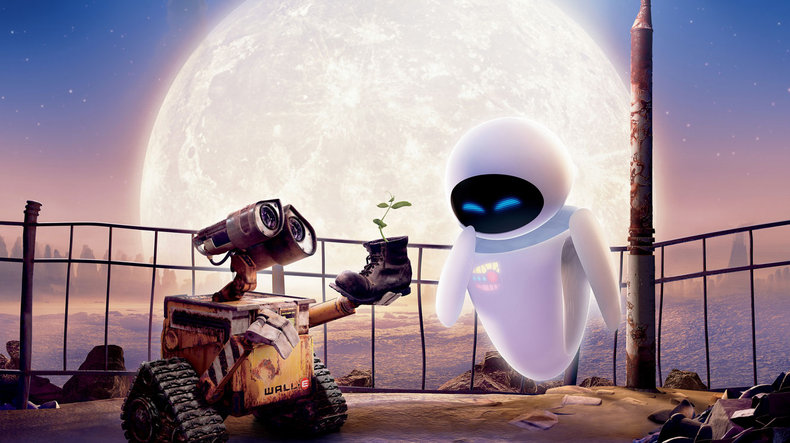People are not planning offspring, but something else is
The world is aging. Not just because we are all getting older, but because we’re having fewer kids. Birth rates are crashing. The ‘baby boom’ that many anticipated during the pandemic lockdown never happened. In fact, the birth rate is now lower than before COVID. (Apparently, social distancing wasn’t limited to stores and the streets.)
Meanwhile, a recent article in the Proceedings of the National Academy of Science reports that at least one group is showing signs that they will have more ‘children.’ But don’t go investing in baby products yet.
According to the National Academies article, it is now possible for robots to reproduce themselves. (Among the many fascinating implications: one of the key indicators of life itself is reproduction.) However, before you start picturing (possibly disturbing) images like the Jetson’s Rosey giving birth or Wall-E figuring out what to expect the first year, you should know that these new ‘life forms’ are tiny, AI-designed balls of frog stem cells, known as xenobots.
The findings might turn out to be of import for regenerative medicine and the future of synthetic biology. But let your imagination run wild for a moment. In a world where we are already seeing unprecedented and sustained drops in birth rates, workforce shortages, the need for specialized services for an aging population, and more, robotics is sure to play a role in how we live life tomorrow… even if that tomorrow is far away. The point isn’t that this particular development will definitely be the one to change how we age—for now, xenobots can only do their thing in very specific conditions, surrounded by frog stem cells. Rather, scientists are always pushing the envelope of the possible. You never know what unexpected research thread will be the one to solve tomorrow’s problems, or even create new aspects of life that nobody’s even imagined yet. Preparing for the future is always about accounting for the unexpected. As we plan, it’s always worth remembering that the unexpected can turn out to be far stranger than anyone’s imagined.

